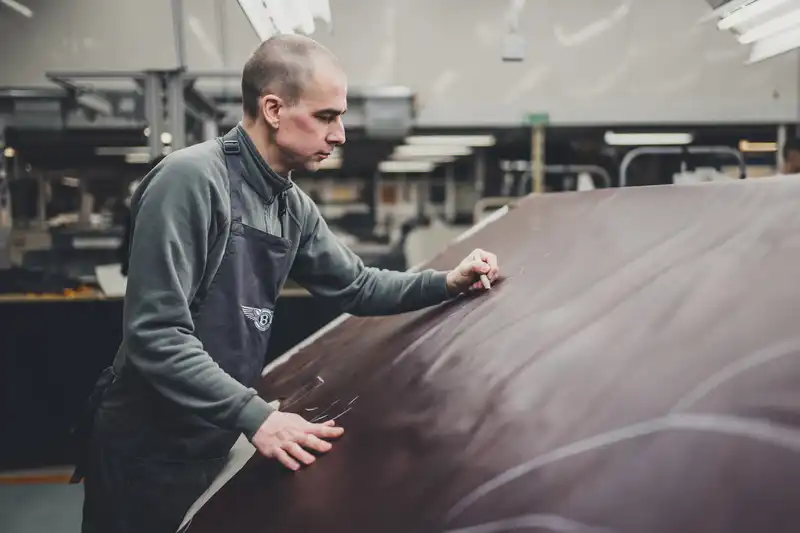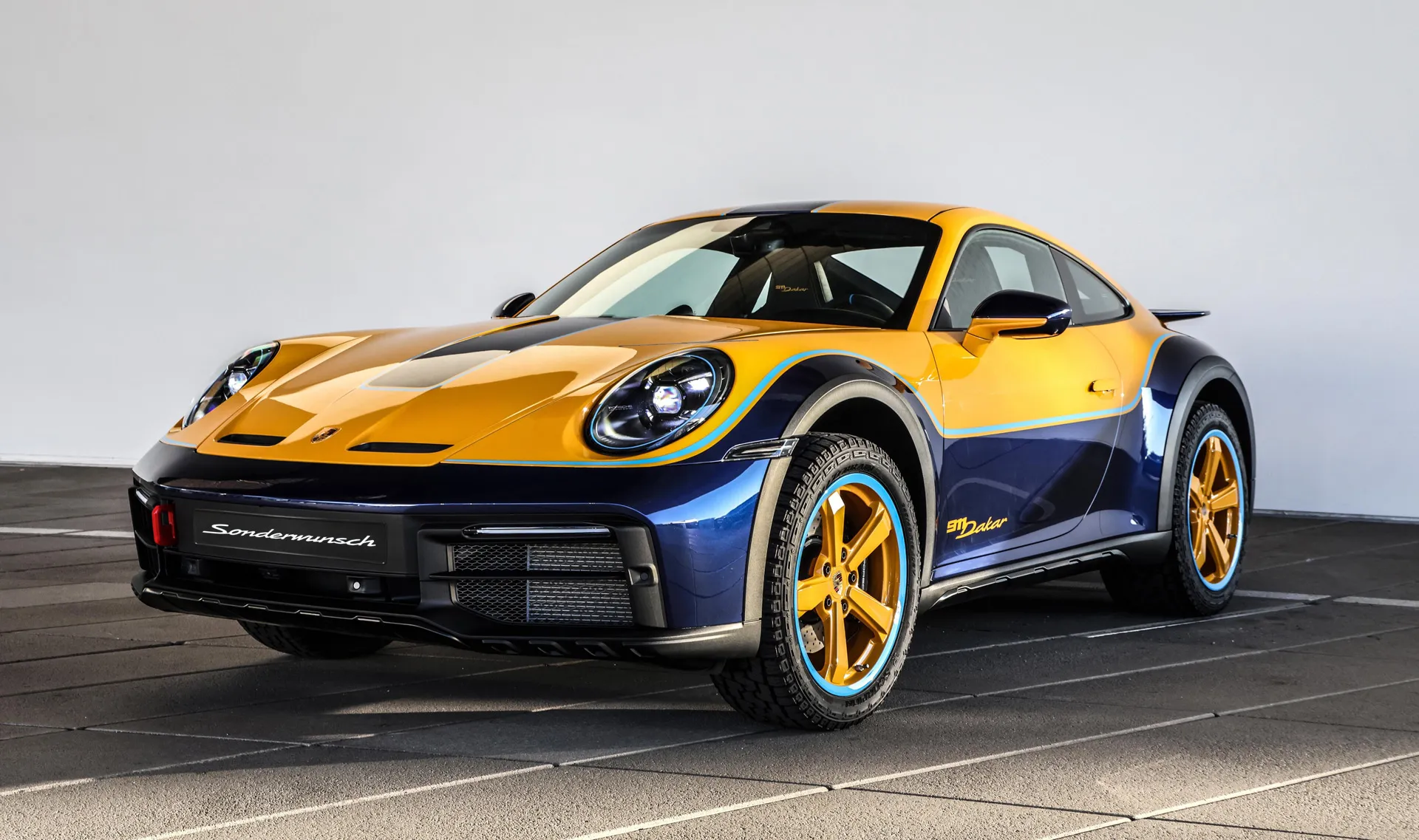Bentley Speed Six resumes production after 94 years.

Production has begun on the Bentley Speed Six continuation car, a revival of a design introduced more than 90 years ago.
Bentley unveiled a prototype of the Speed Six last year and is currently working on the first of 12 customer cars, all of which have already been sold, the company announced in a press release. Bentley estimates that each car will take 10 months to build.
Production will be handled by Bentley's Mulliner personalization department, with help from outside suppliers, all using the same materials and tools that were used back then. For example, Bentley commissioned special tooling to press the steel frame rails and cross members for the Speed Six, a process that alone took six months, according to the automaker.
Like the original car, the handmade ashlar bodywork, wrapped in fabric, is attached to the chassis. The succeeding cars will be fitted with headlights, radiators, and fuel tanks provided by a restoration specialist. The latter are made of hand-hammered steel and copper.
The 6.5-liter inline 6-cylinder engine was recreated using a 3D model created from the original blueprints. The engine produced about 200 hp at the time, but the continuation car produced 205 hp, and according to Bentley, the automaker wanted the continuation car to be as close to the original as possible, although the use of modern materials would have increased output even more. Bentley said.
The Speed Six was one of the cars that forged Bentley's legend: Launched in 1928, it won the 24 Hours of Le Mans that same year and the 1930 race. Waldo Barnato, then head of Bentley, also competed in the 1930 Trans-France Train Race in a sedan-bodied Speed Six. Barnato and co-driver Dale Bourne drove 570 miles on dirt roads at an average speed of 43.4 mph.
Two original cars were used as templates for the continuation car, Bentley's second continuation project after the modern 1929 Bentley Blower: the Bentley-owned GU409 and the 1930 Le Mans It is the "Old Number 3" that won the race. The continuation cars incorporated changes made to improve reliability in the 1929 and 1930 Le Mans races.
Customer cars also benefited from testing of the prototype Speed Six continuation car, including 40 hours of engine testing, 6,213 miles of endurance testing, and a top speed run that achieved 112 mph.


